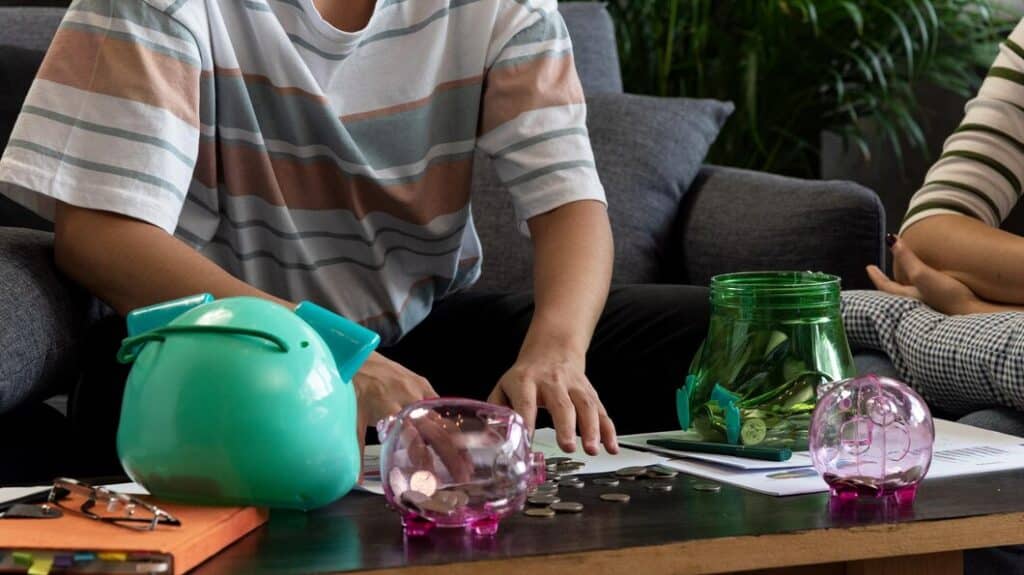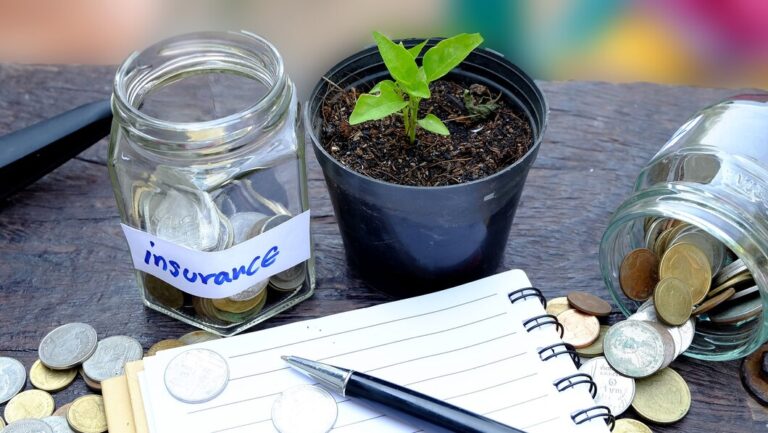In an era where financial stability and environmental consciousness go hand in hand, creating a sustainable budget is more important than ever. A sustainable budget not only helps you manage your finances effectively but also aligns your spending habits with your values, promoting a healthier planet. Here’s how to create a budget that works for you while being mindful of sustainability.
Understanding Sustainable Budgeting

What is Sustainable Budgeting?
Sustainable budgeting involves integrating environmentally friendly practices into your financial planning. This means making conscious choices about how you spend, save, and invest your money, ensuring that your financial decisions contribute positively to both your personal goals and the environment.
Steps to Create Your Sustainable Budget
1. Assess Your Current Financial Situation
Begin by evaluating your income, expenses, and savings. Understanding where your money goes is crucial for identifying areas where you can cut back or redirect funds toward more sustainable choices.
2. Set Clear Financial Goals
Define what sustainability means for you. This could include reducing waste, supporting local businesses, or investing in eco-friendly products. Establish specific, measurable goals that guide your spending decisions.
3. Prioritize Needs Over Wants
Adopt a minimalist mindset by distinguishing between essential needs and discretionary wants. Focus on purchasing high-quality items that will last longer rather than opting for cheaper, fast-fashion alternatives that contribute to waste.
4. Plan Your Purchases
Avoid impulse buying by planning your purchases in advance. Create a shopping list and stick to it, ensuring that each item aligns with your sustainability goals. This practice not only saves money but also reduces unnecessary waste.
5. Embrace Second-Hand Shopping
Thrift stores, garage sales, and online marketplaces are excellent places to find pre-loved items at lower prices. Buying second-hand not only saves money but also decreases demand for new products, minimizing your carbon footprint.
6. Implement DIY Solutions
Before buying new items, consider whether you can make or repurpose something you already own. DIY projects can be fun and cost-effective while reducing waste.
7. Monitor Your Energy and Resource Use
Being mindful of energy consumption can lead to significant savings. Small changes—such as using energy-efficient appliances or reducing water waste—can lower utility bills and lessen your environmental impact.
Aligning Spending with Values
To ensure that your spending reflects your commitment to sustainability:
- Reflect on Purchases Regularly: Take time each month to review your expenses and assess whether they align with your values.
- Support Local and Sustainable Brands: Choose to buy from companies that prioritize ethical production methods and environmental responsibility.
- Practice Mindful Consumption: Be deliberate about what you buy; ask yourself if each purchase truly adds value to your life.
Conclusion
Creating a sustainable budget requires thoughtful planning and a commitment to aligning financial decisions with personal values. By assessing your current situation, setting clear goals, prioritizing needs over wants, and embracing sustainable practices like second-hand shopping and DIY projects, you can develop a budget that not only supports your financial health but also contributes positively to the environment. With these strategies in place, you’ll be well on your way to achieving both financial stability and sustainability.
FAQs
1. What are the first steps in creating a sustainable budget?
Start by assessing your current financial situation, setting clear sustainability goals, and prioritizing essential needs over wants.
2. How can I avoid impulse buying?
Plan your purchases ahead of time by creating a shopping list and sticking to it; this helps you focus on what you truly need.
3. What are some benefits of second-hand shopping?
Buying second-hand saves money, reduces waste, and minimizes demand for new products, which helps lower your carbon footprint.
4. How can DIY projects contribute to a sustainable budget?
DIY projects allow you to create or repurpose items instead of purchasing new ones, saving money while reducing waste.
5. Why is it important to monitor energy use?
Monitoring energy consumption can lead to significant savings on utility bills while also lowering your environmental impact.
6. How often should I reflect on my spending?
Regular reflection—ideally once a month—allows you to assess whether your spending aligns with your sustainability goals and financial values.

